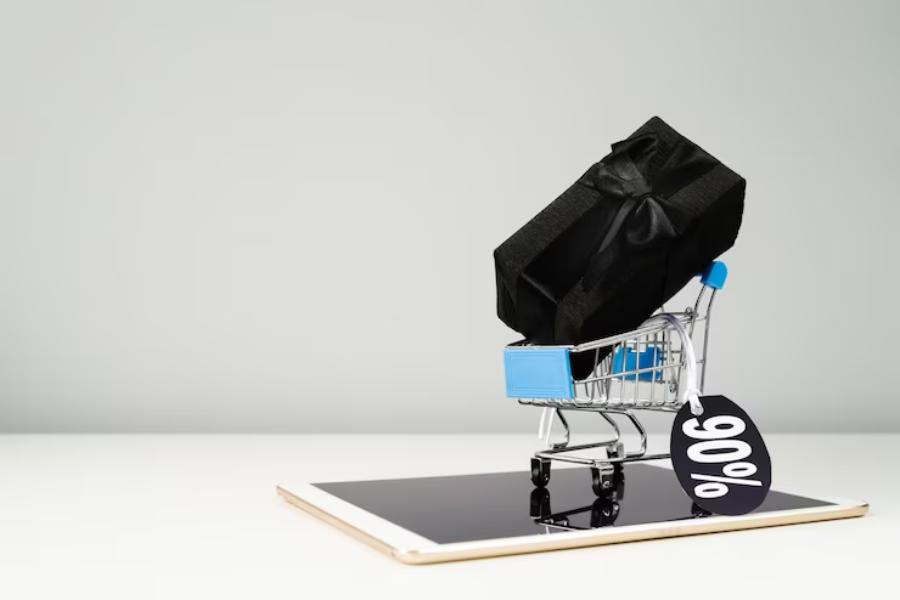Scaling an Online Store Without Breaking Your Fulfillment or Ad Budget

Growth sounds good until the numbers stop lining up. Sales climb, but so do shipping fees, return rates, and ad costs that once felt manageable. The cart value stays steady, but profit starts slipping. At that point, it’s not a marketing issue or a logistics issue; it’s a growth model that needs tightening before things snap.
Scaling an online store doesn’t have to mean overspending on paid ads or stressing over every late shipment. Smart brands keep things lean and build systems that grow without eating margins.
Fulfillment Problems Start Quiet
Most early-stage stores get away with patching things together. Manual label printing, last-minute packaging, and hand-stuffed thank-you note work at ten orders a day. It buckles at fifty. Growth exposes what the operation can’t keep up with.
Late deliveries, mixed-up items, and missing tracking updates don’t just hit the bottom line. They stall repeat business and spike customer support volume. Fixing this before a seasonal surge or product launch saves money in the long run.
The first step is knowing where the gaps are. Not just where the team feels overwhelmed, but where costs stack up unnoticed. Some of the most expensive fulfillment mistakes don’t show up as refunds. They show up as customer silence.
Don’t Let Ad Spend Outpace the Funnel
Running ads before fixing product pages or checkout flows is like pouring water into a cracked bucket. Paid traffic can’t save an underperforming store. It just exposes the flaws faster.
Every traffic source has a personality. Google expects clear answers. Meta sells with visuals. TikTok grabs attention first, then convinces. None of them like dead-end landing pages or slow load times. Most stores lose money on ads, not because of bad targeting, but because of weak follow-through once the click happens.
Capping ad spend until conversions hold steady is one way to stay sane. Another is reinvesting only a percentage of profit, not revenue. This slows scaling slightly, but it keeps risk in check.
What to Tune Before You Scale Up
Pushing more traffic through a shaky system burns cash fast. Whether through paid ads, email campaigns, or marketplace expansion, sellers who scale safely usually get these things right first:
- Delivery timeframes are accurate, not aspirational
- Inventory syncs in real time across all platforms
- Product descriptions match what’s in the box
- Ads point to pages that load fast and answer key questions
- Customer service has a response system that doesn’t collapse under pressure
Be Picky With Where the Store Expands
More platforms mean more complexity. A listing on Zalando, for example, needs more than just translation. It needs localized content, audience tuning, and platform-specific positioning. Zalando marketing services focus on these details to help brands meet European standards and buyer expectations, which often differ from what works on Amazon or Shopify.
Listing the same product everywhere without adjusting for tone, audience, or pricing almost always flattens results. Every platform wants a different version of the brand, tailored for its space. The best-performing stores build channel-specific plans instead of copy-pasting what worked elsewhere.
Ad Budget Doesn’t Need to Double With Sales
Doubling revenue shouldn’t require doubling the ad budget. Strong brands make each click stretch further. That comes from tighter creative, sharper retargeting, and building audiences that convert sooner.
The quiet hero of a stable ad strategy is the backend. Free shipping thresholds, bundles, and upsells do more to protect margin than micro-tweaks in audience targeting. If customers add more to their cart, the return on ad spend improves without raising the budget.
Email sequences that follow ad clicks also play a role. Someone who doesn’t buy on the first visit may still convert later, with the right reminder. That’s why retargeting isn’t just an ad task. It’s a lifecycle play.
